In my travels around coastal Tasmania I often come across aboriginal middens – many (but not all) of which are probably included in the list of 12,000 or so cultural sites on the Aboriginal Heritage Register (AHR). [The AHR replaced the Tasmanian Aboriginal Site Index (TASI) in 2014.]
The Register is maintained by Aboriginal Heritage Tasmania (AHT) a division of the Department of Primary Industries, Parks, Water and Environment (DPIPWE). The fundamental aims of AHT “are to protect, conserve and promote Tasmania’s unique Aboriginal heritage for the benefit of present and future generations of Tasmanians.”
Physical evidence of aboriginal heritage is a “relic”, the management of which comes under the Aboriginal Relics Act 1975. This Act is likely to be replaced by the Aboriginal Heritage Protection Bill, which broadens the definition of “relics” to “Aboriginal objects” and “Aboriginal places”, each of which are of “significance to Aboriginal persons”.
I understand that members of the public don’t have direct access to the Register, so without formally approaching AHT it is not clear to me whether the following two aboriginal places have already been discovered and officially recorded:
- Place #1 is a small near-coastal aboriginal quarry I stumbled on close to one of Hobart’s eastern suburbs. The quarried material is a light grey, very hard and flinty chert – possibly of Tertiary age – showing clear signs of scalloping and chipping.
- Place #2 is an aboriginal worksite for quarried materials on a sandstone boulder beach in eastern Tasmania. The quarry is probably close by to the south. The quarried material is a dark grey, hard, indurated (baked) mudstone (some with light-olive siltstone laminations). Perhaps a few tonnes are scattered along about 50m of foreshore between high and low water marks. Apart from unworked angular blocks weighing up to a few kilograms, worked items are mainly smaller discarded flakes, chips and fragments, but some show good evidence of further hand-scalloping towards scrapers. Most have been tumbled about by wave action and are becoming rounded and smoothed. A few on the grassy verge out of reach of waves are more angular. A rounded strongly chipped hammer stone was also present. A single, angular tan-coloured scraper looks out of place among rounded cobbles. Was it recently dropped?
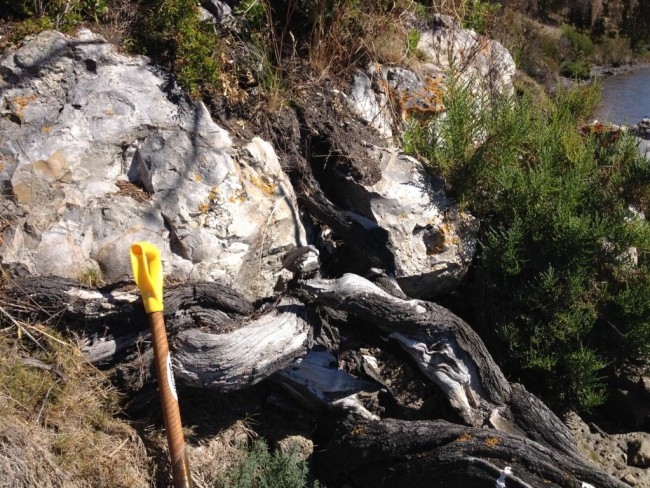
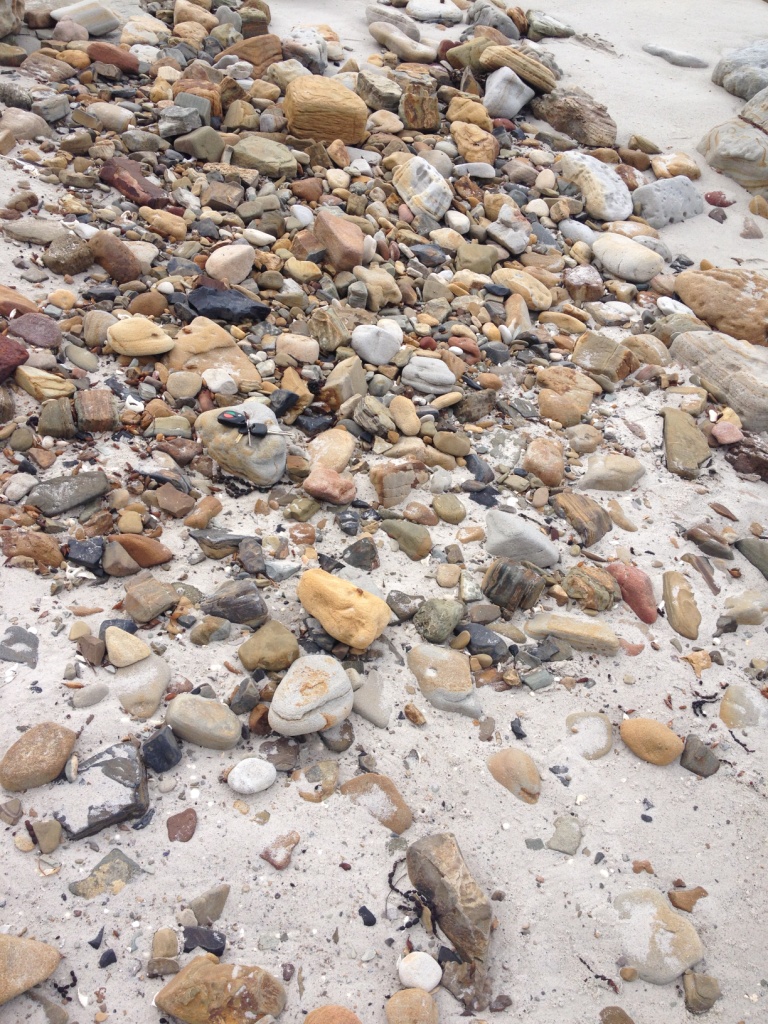
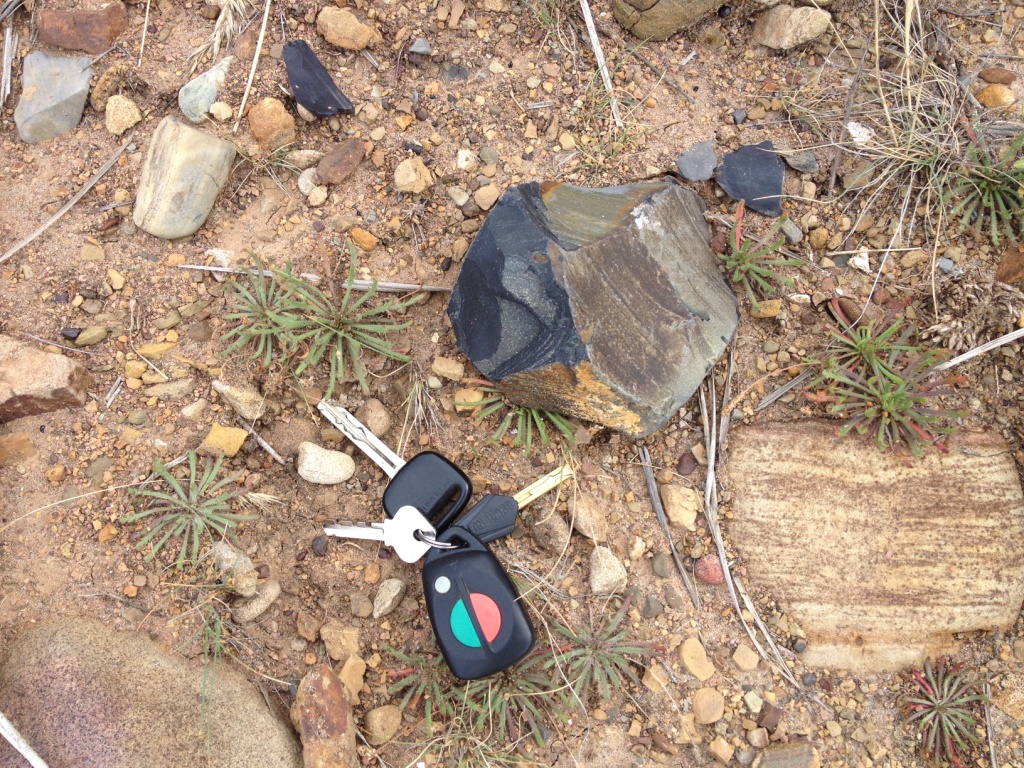
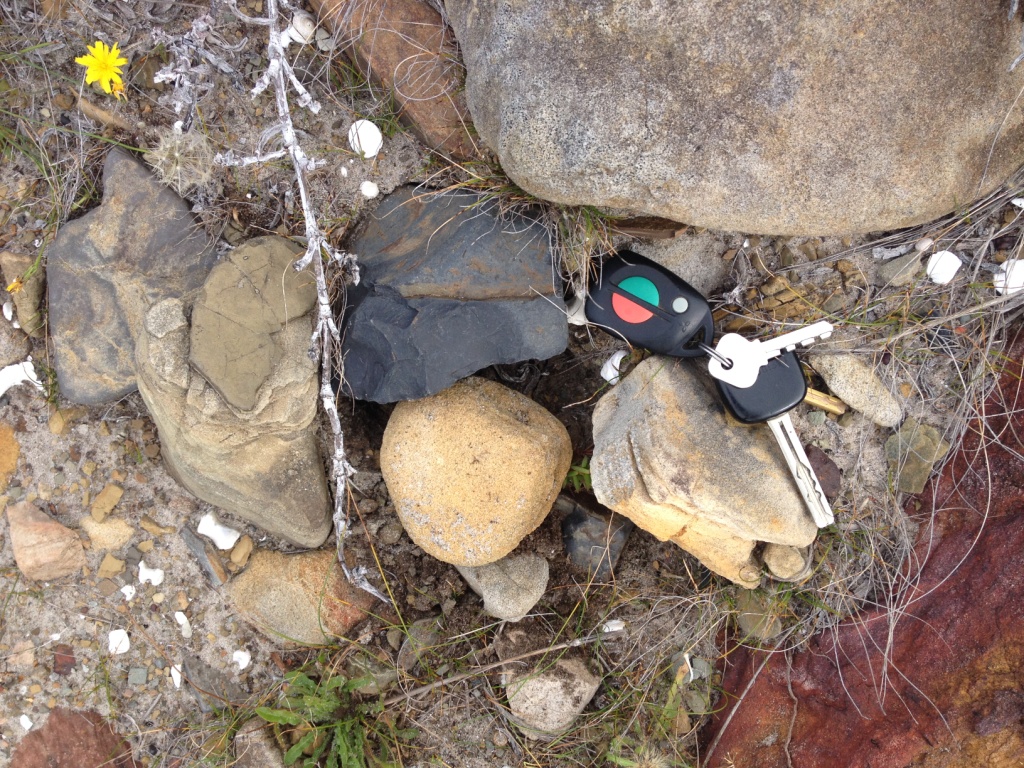
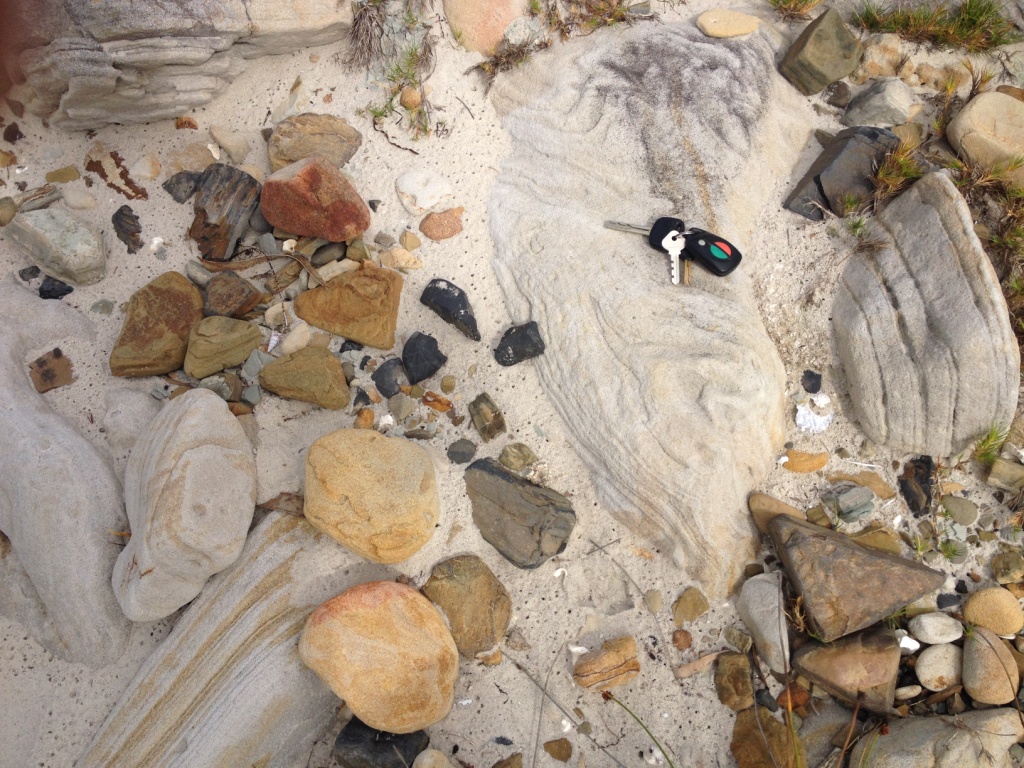
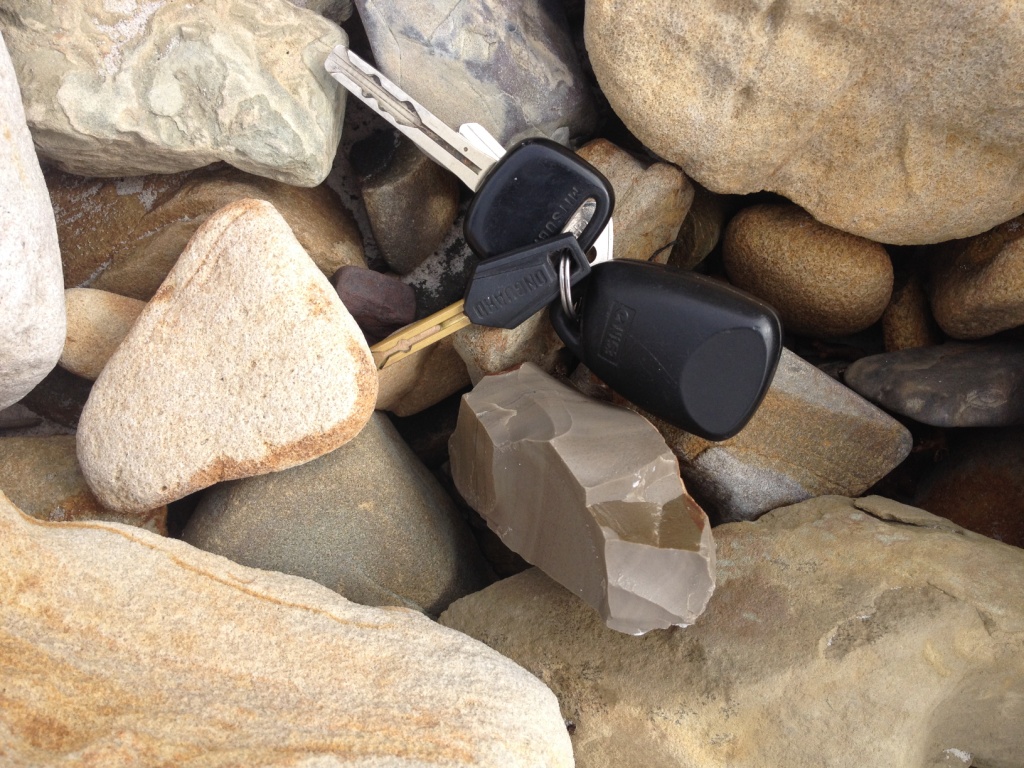
Leave a Reply